
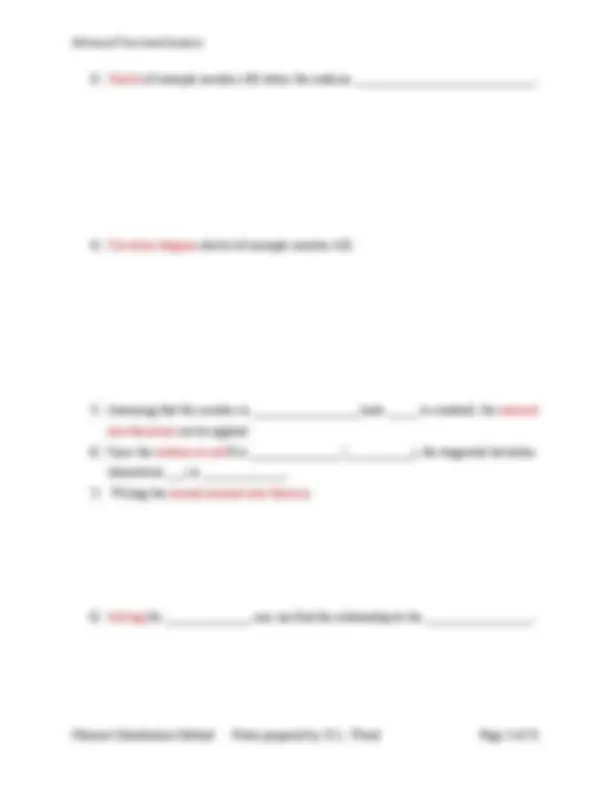
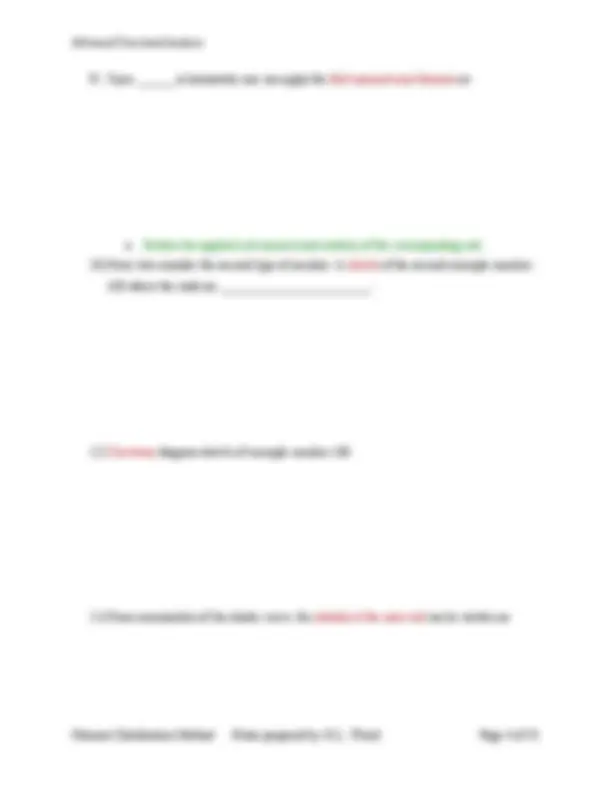
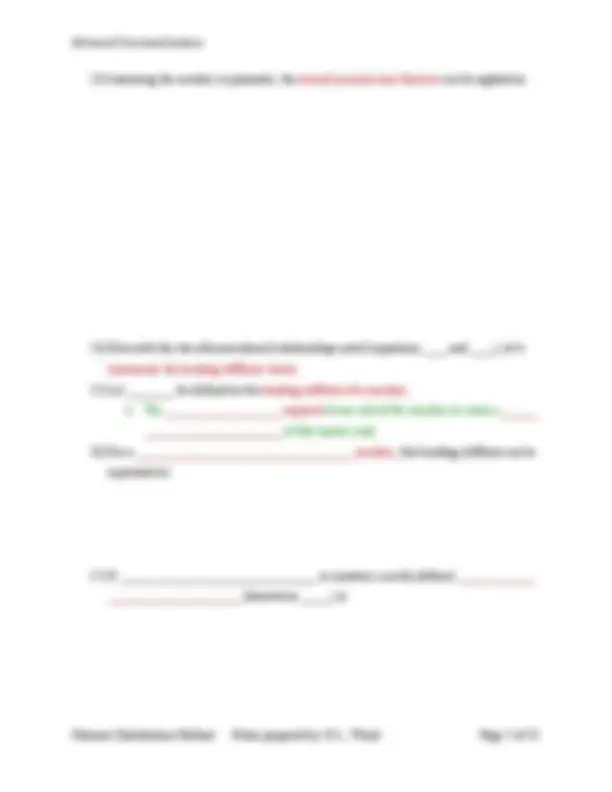
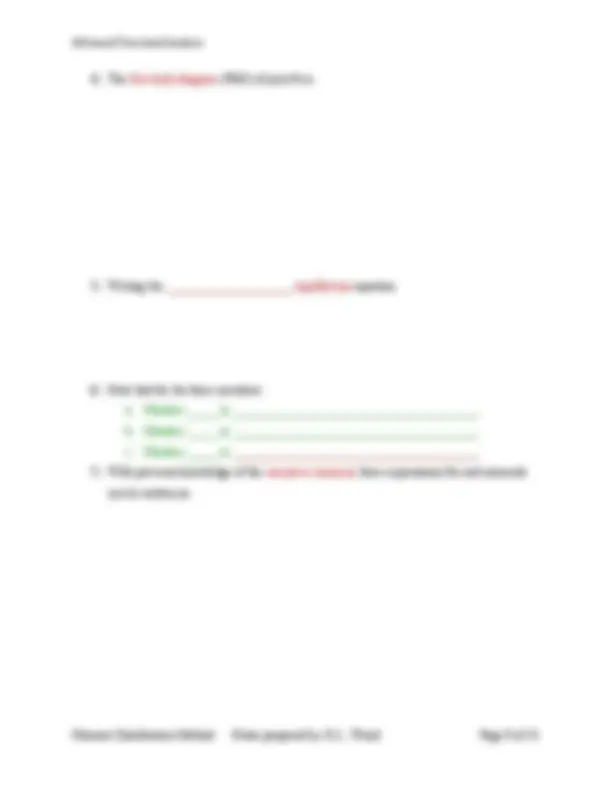
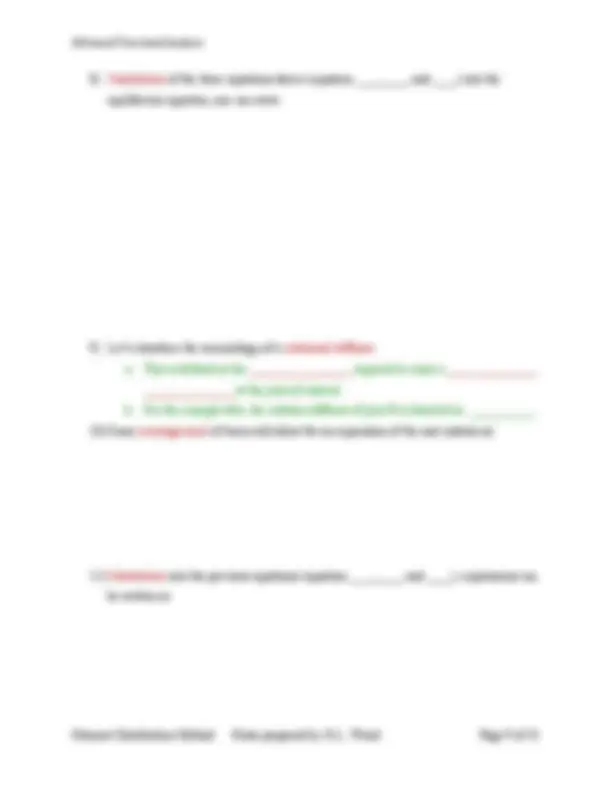
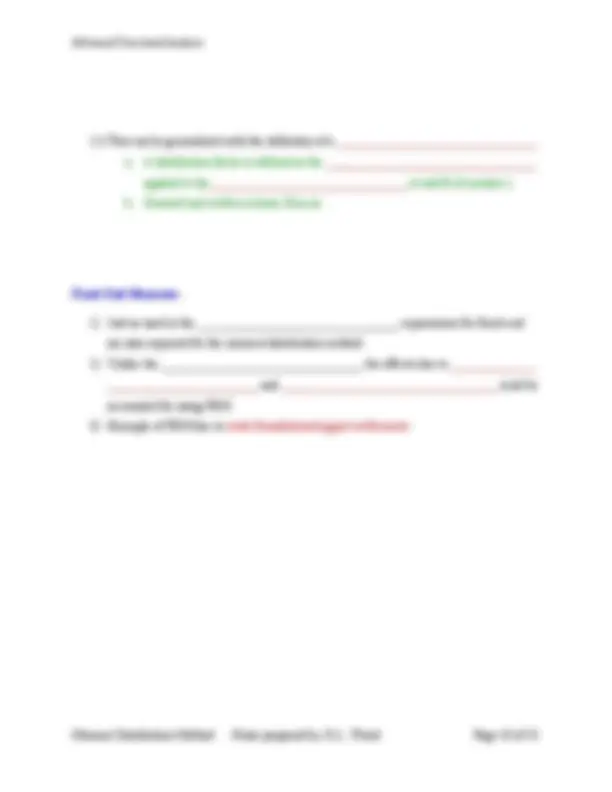
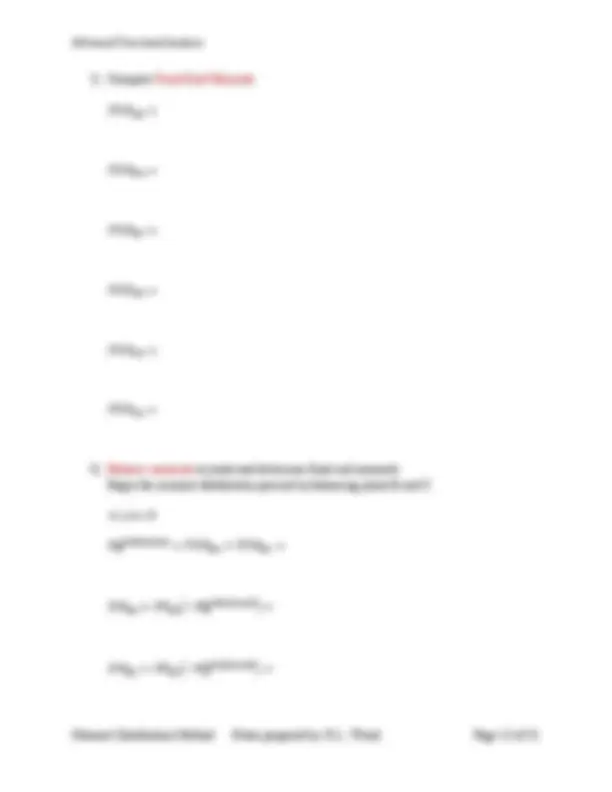
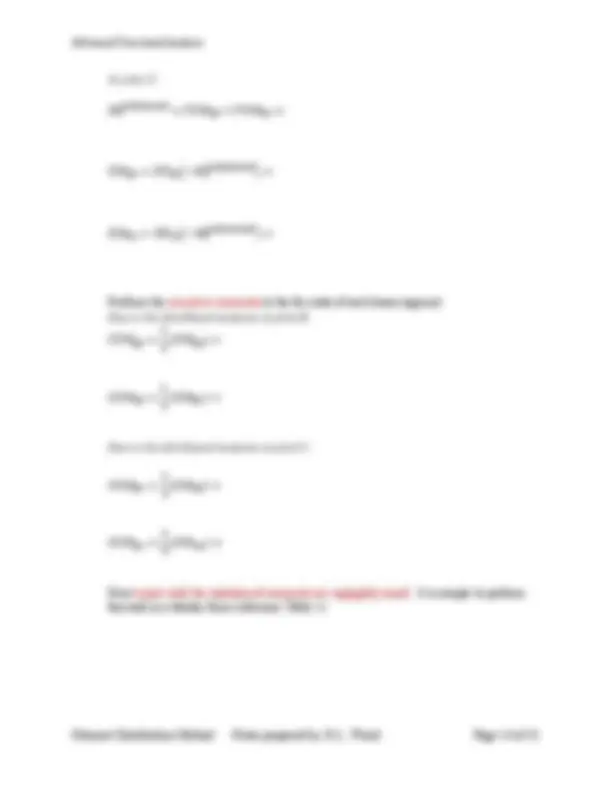
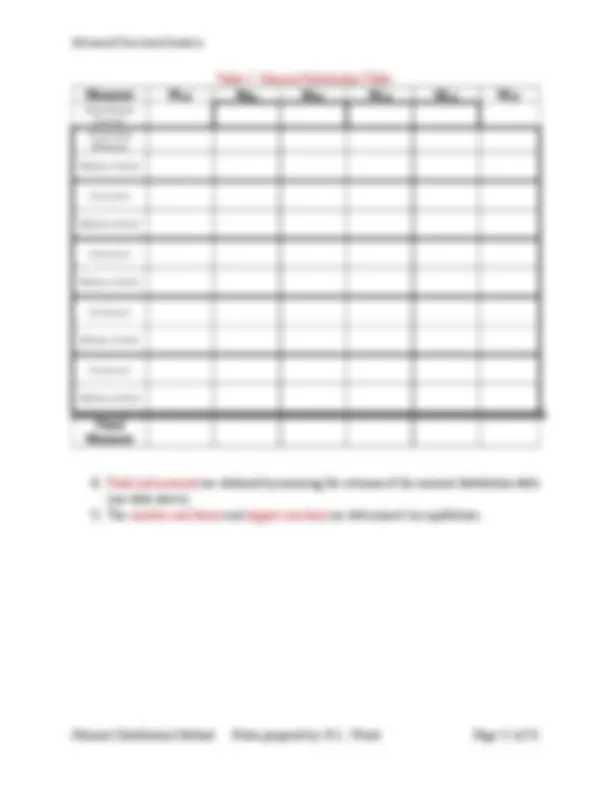
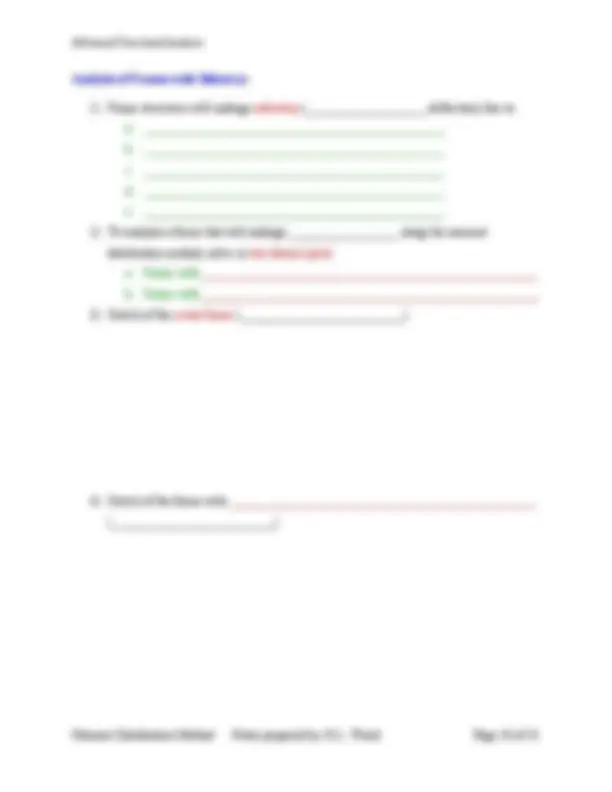
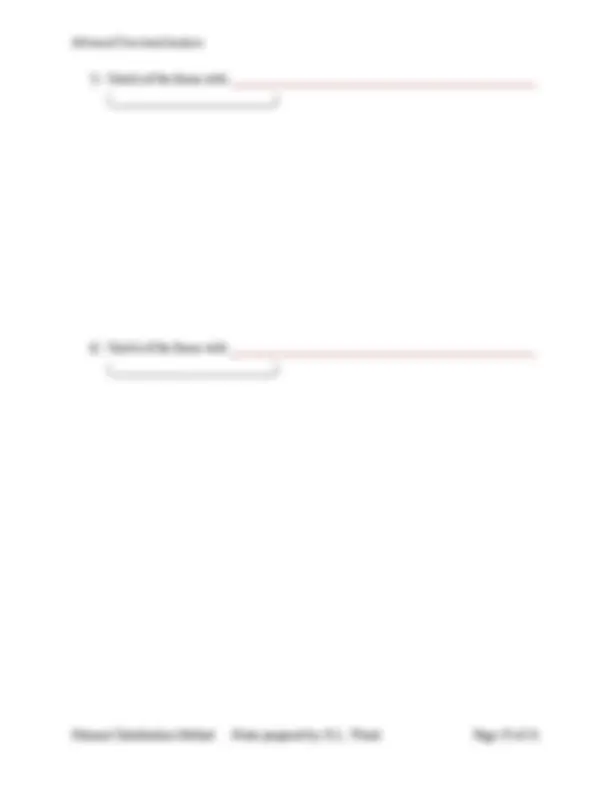
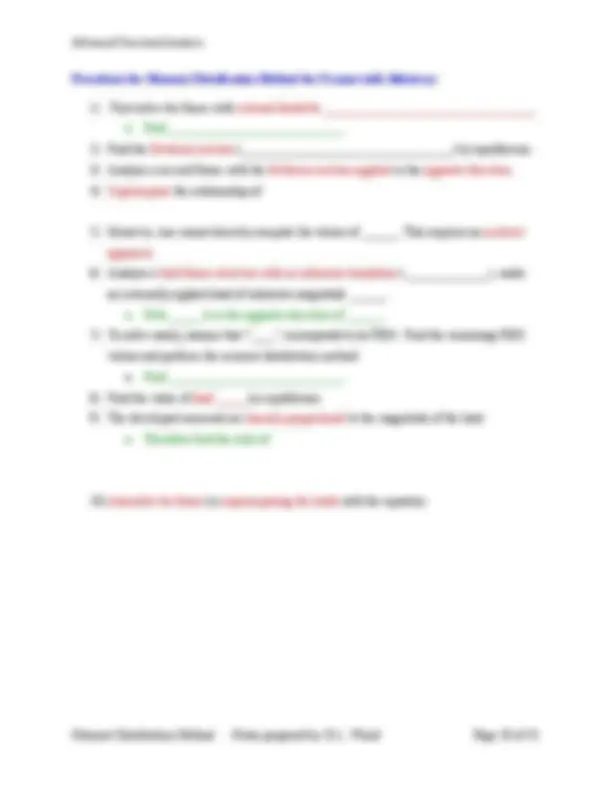
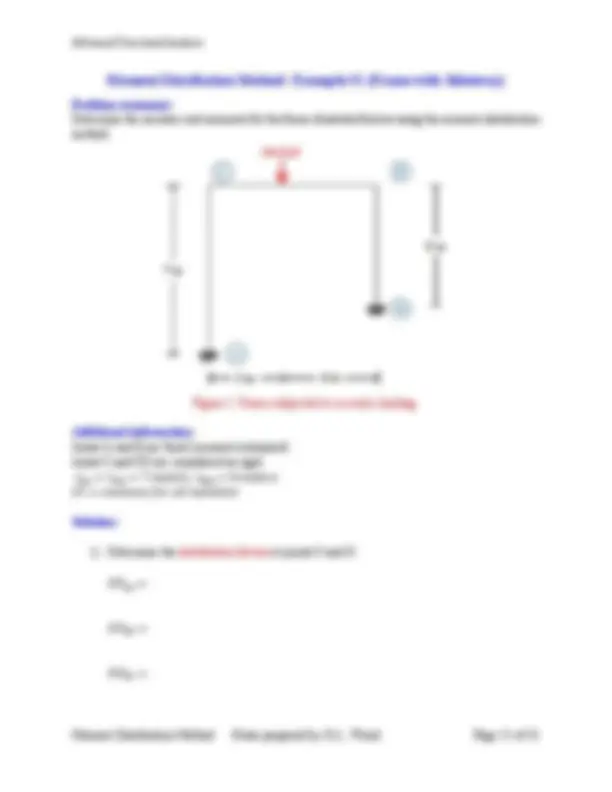
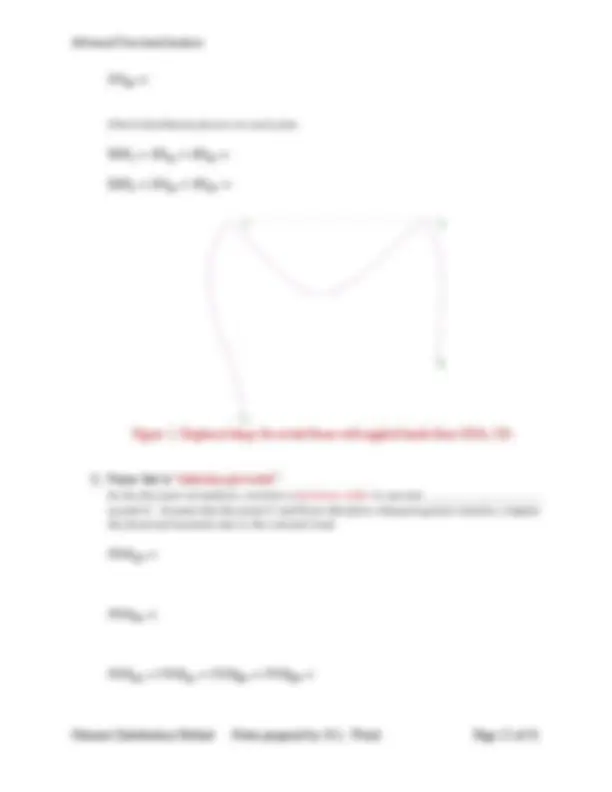
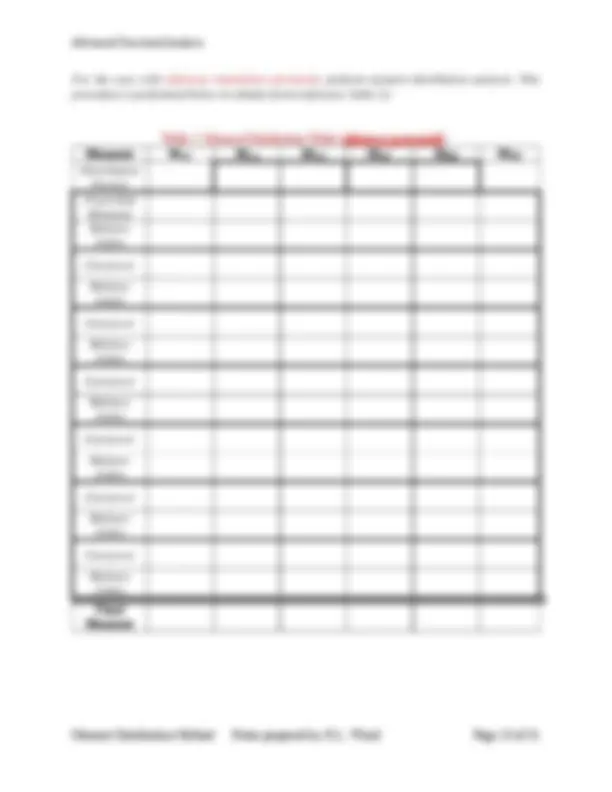
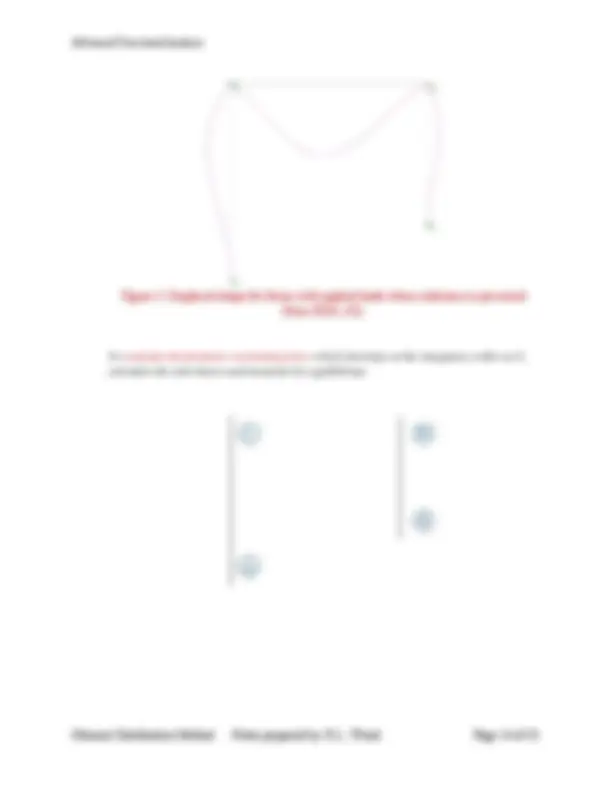
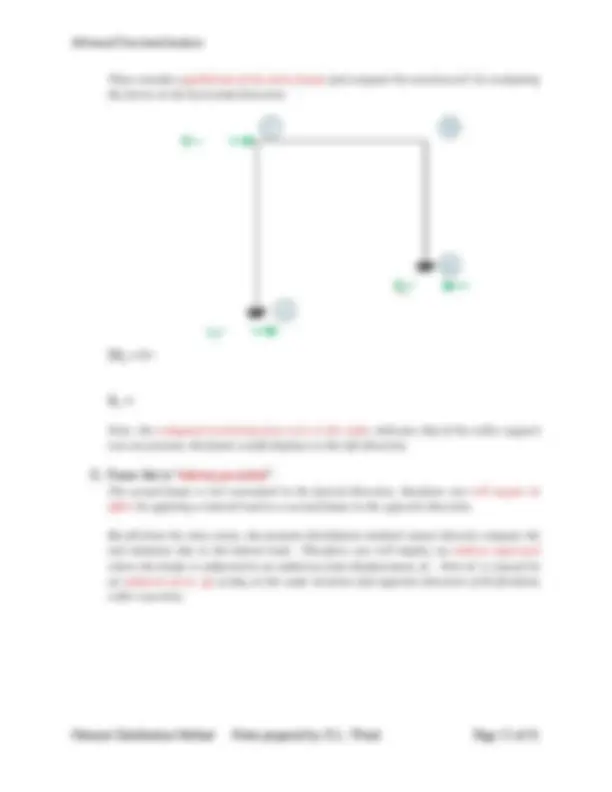
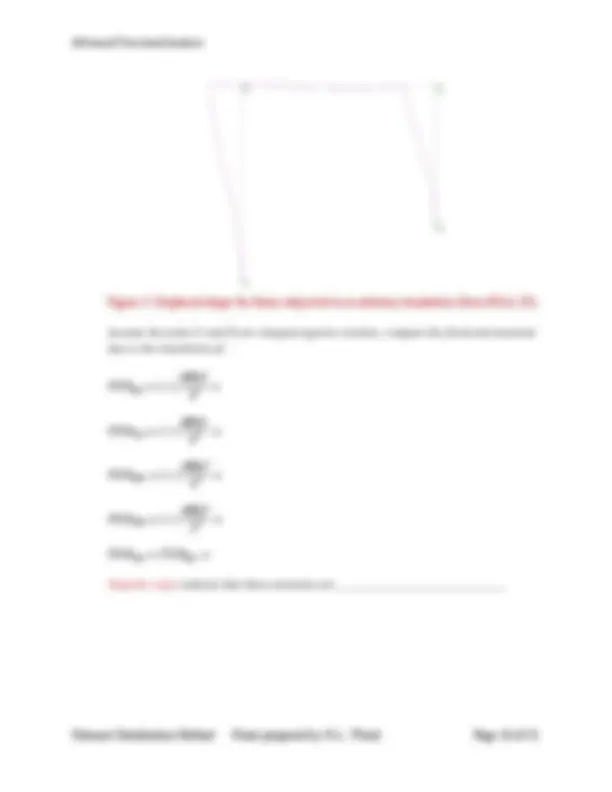
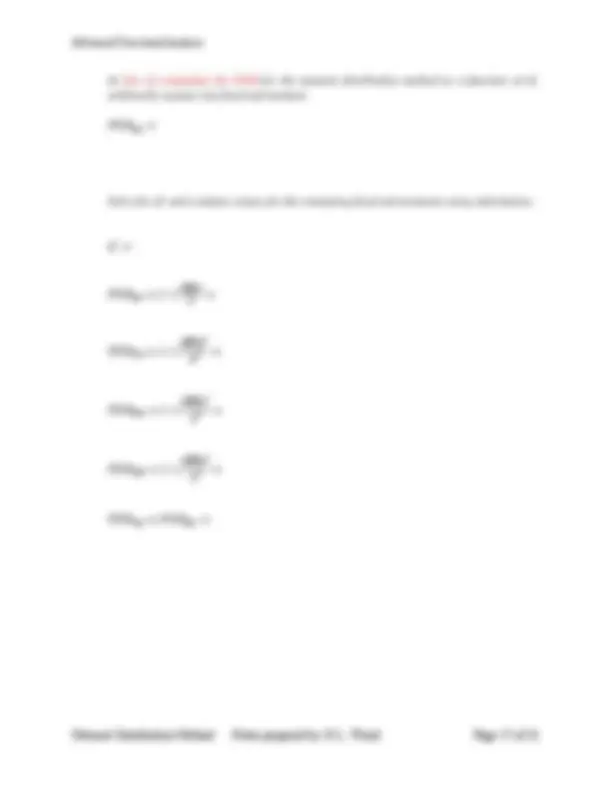
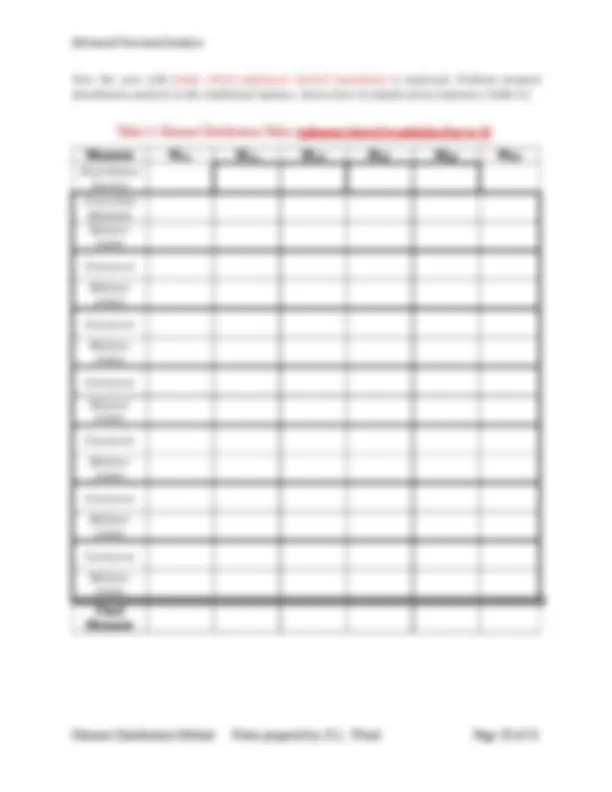

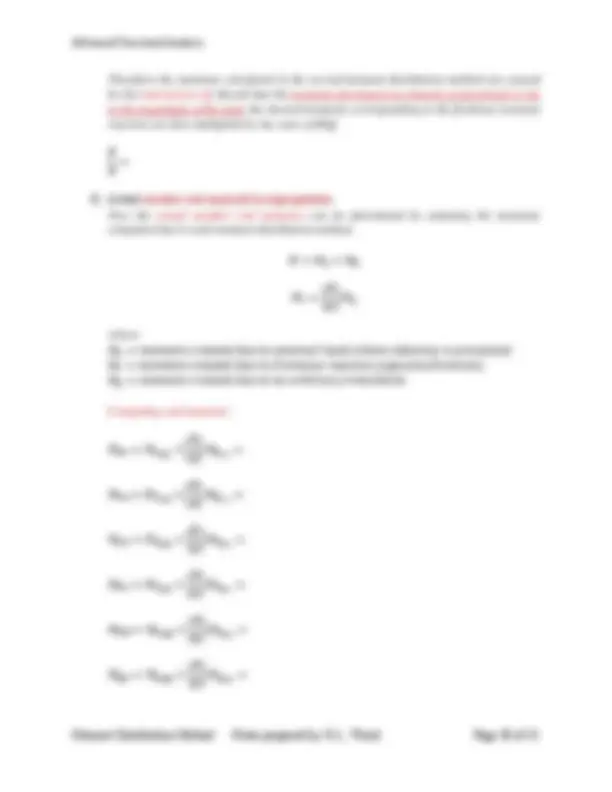
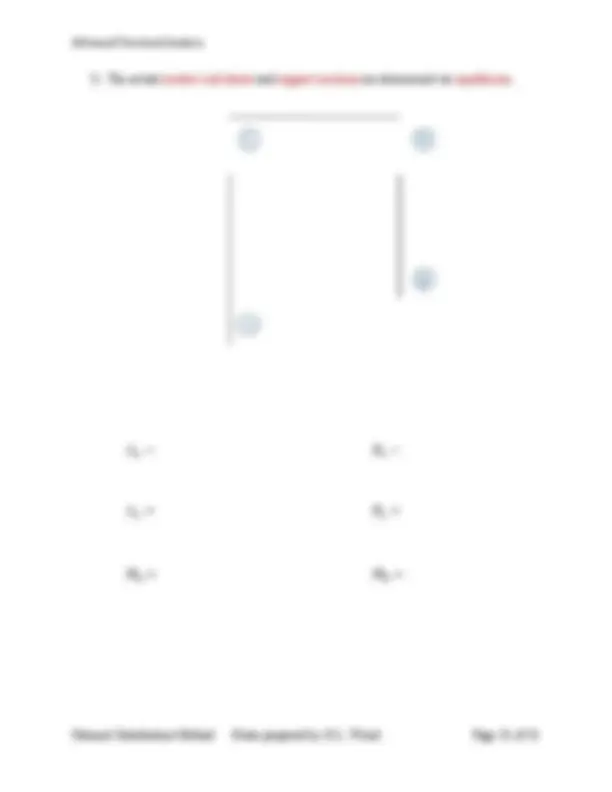


Study with the several resources on Docsity

Earn points by helping other students or get them with a premium plan


Prepare for your exams
Study with the several resources on Docsity

Earn points to download
Earn points by helping other students or get them with a premium plan
Community
Ask the community for help and clear up your study doubts
Discover the best universities in your country according to Docsity users
Free resources
Download our free guides on studying techniques, anxiety management strategies, and thesis advice from Docsity tutors
These notes, prepared by R.L. Wood, provide a detailed explanation of the Moment Distribution Method, including the derivation of equations, moment distribution procedure, and special cases. The notes also include an example of solving a three-span continuous beam and a frame with sidesway using the moment distribution method.
Typology: Summaries
1 / 31

This page cannot be seen from the preview
Don't miss anything!
























Lesson Objectives:
Background Reading:
Moment Distribution Method Overview:
Moment Distribution Method Basics:
Derivation of Member Stiffness Values:
b. For pinned-hinged, the __________________ is:
a. Relates the applied end moment and rotation of the corresponding end.
Now, lets consider the second type of member. A sketch of the second example member AB where the ends are _________________________:
Curvature diagram sketch of example member AB:
From examination of the elastic curve, the rotation at the near end can be written as:
Assuming the member is prismatic, the second moment area theorem can be applied as:
Now with the two aforementioned relationships noted (equations ____ and ____), let’s summarize the bending stiffness values.
Let ________ be defined as the bending stiffness of a member. a. The ___________________ required at one end of the member to cause a ______ _______________________ at that (same) end).
For a ____________________________________ member, this bending stiffness can be expressed as:
If _________________________________ is constant, a newly defined _____________ ______________________ (denoted as _____) is:
Distribution Factors Introduction and Derivation:
A distribution factor is defined as the ratio of ___________________________________ of each member to the sum of all the __________________________________________ at that joint. a. This is commonly denoted as ____________.
Sketch of a simple three-member frame structure with an externally _________________ _______________________:
The free body diagram (FBD) can be drawn as:
The free body diagram (FBD) of joint B is:
Writing the _____________________ equilibrium equation:
Note that for the three members: a. Member _____ is _________________________________________. b. Member _____ is _________________________________________. c. Member _____ is _________________________________________.
With previous knowledge of the carryover moment, three expressions for end moments can be written as:
Fixed-End Moments:
Procedure for Moment Distribution Method:
ܯܧܨ ൌ
At joint C:
ܯ௨ௗ^ ܯܧܨ ൌ ܯܧܨ ൌ
Perform the carryover moments at the far ends of each beam segment. Due to the distributed moments at joint B: ܯܱܥ (^) ൌ^12 ܯܦሺ ሻ ൌ
Due to the distributed moments at joint C:
ܯܱܥ (^) ൌ^12 ܯܦሺ ሻ ൌ
Now repeat until the unbalanced moments are negligibly small. It is simple to perform this task in a tabular form (reference Table 1):
Special Cases of the Moment Distribution Method:
b. Recall that the bending stiffness is:
c. At the simple support, the distribution factor is _____.
d. To apply the moment distribution method, balance the joint only _____________. Leave the free end ___________________, where the moment is ____________.
b. Section _____ does not contribute to the rotation stiffness at joint ________. c. At the free end, the distribution factor is _____. d. However, the loads on the cantilever must be still considered at joint _______.
Sketch of the frame with ___________________________________________________ (___________________________):
Sketch of the frame with ___________________________________________________ (___________________________):
Procedure for Moment Distribution Method for Frames with Sidesway:
First solve the frame with external loads for ___________________________________. a. Find _____________________________.
Find the fictitious reaction (___________________________________) by equilibrium.
Analyze a second frame with the fictitious reaction applied in the opposite direction.
Superimpose the relationship of:
However, one cannot directly compute the values of ______. This requires an in-direct approach.
Analyze a third frame structure with an unknown translation (______________), under an externally applied load of unknown magnitude ______. a. Note _____ is in the opposite direction of ______.
To solve easily, assume that “____” corresponds to an FEM. Find the remaining FEM values and perform the moment distribution method. a. Find _____________________________.
Find the value of load _____ by equilibrium.
The developed moments are linearly proportional to the magnitude of the load. a. Therefore find the ratio of:
Assemble the frame by superimposing the loads with the equation: